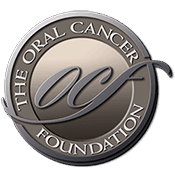U.S. cancer death rates continue to fall
Source: www.ajc.com Author: staff Some 650,000 people are alive today who wouldn't be were it not for advances in cancer prevention, detection and treatment over the past 15 years, new statistics show. The American Cancer Society's Cancer Statistics 2009 report finds an encouraging 19.2 percent drop in cancer death rates among men from 1990 to 2005, as well as an 11.4 percent drop in women's cancer death rates during the same time period. Overall, cancer death rates fell 2 percent per year from 2001 to 2005 in men and 1.6 percent per year from 2002 to 2005 in women. By comparison, between 1993 and 2001, overall death rates in men declined 1.5 percent per year and, between 1994 and 2002, 0.8 percent in women. "We continue to see a decrease in death rates from cancer in both men and women and this is mainly because of prevention - mostly a reduction in smoking rates; detection which includes screening for colorectal cancer, for breast cancer and for cervical cancer; and also improved treatment," said report author Ahmedin Jemal, strategic director for cancer surveillance at the American Cancer Society. "To put this in perspective, the number of lives saved is more than the population of Washington, D.C.," said Dr. Louis M. Weiner, director of the Lombardi Comprehensive Cancer Center at Georgetown University. "In my mind, that's a cause for some celebration. However, there are some sobering trends that we have to be aware of. The death rate for cardiovascular disease has dropped [...]
